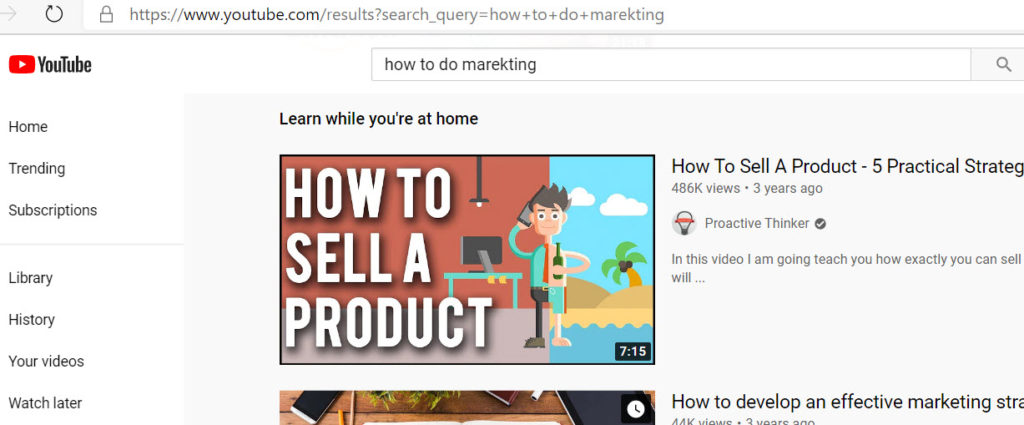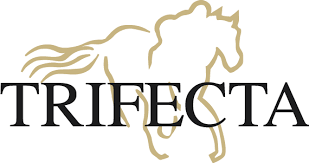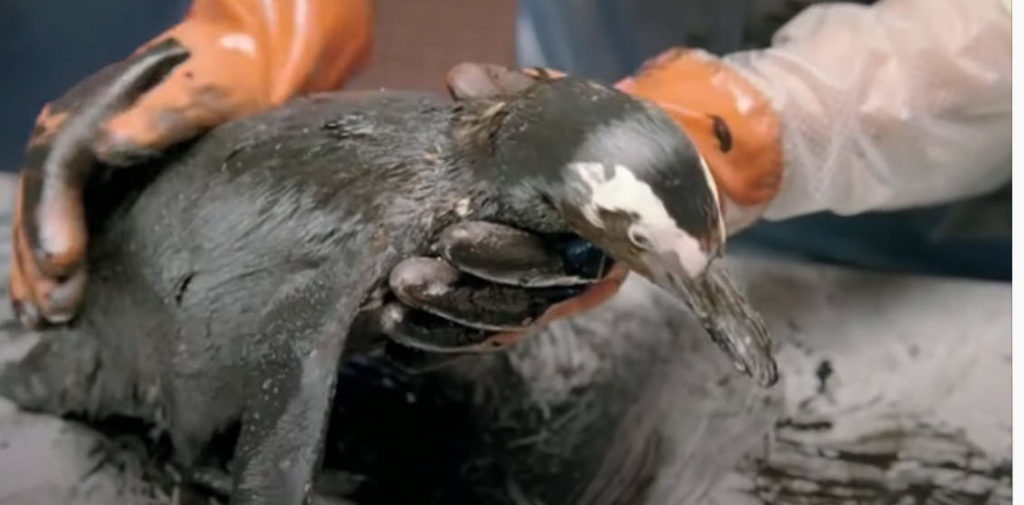Marketing Background, Need Not Apply.
I don’t come from a traditional marketing background, not that there’s anything wrong with that. Some very important learning took place for me while at McCann-Erickson back in the 90s. A number of account supervisors from around the country were treated to a few days in Miami at a fine hotel where we were trained in marketing. A text book was provided, teams and competitions established, and we were introduced to a number of MBA-like concepts the likes of which typical ad people weren’t privy. It helped us understand that product marketing and product management people weren’t put on this earth to approve ads. They had other jobs. Price elasticity anyone?
But I digress. I don’t come from a marketing background, which for some is a generic business title. To some it means you make marketing materials. To others it means you get in the way of the sales people. It can mean you manage the promotion budget. But it is often a generic work title. That’s not me. When brand planning, when developing brand strategy (one claim, three proof planks), I am someone who works in your line of business. You, being the client. I’m in specialty pharmaceuticals, children’s character underwear, cybersecurity to name a few. That’s my job. Your job.
Only when I understand your line of business, your customers, your competitors and sales processes can I do my job. Brand planning is not about background, it’s about foreground.
Peace.









